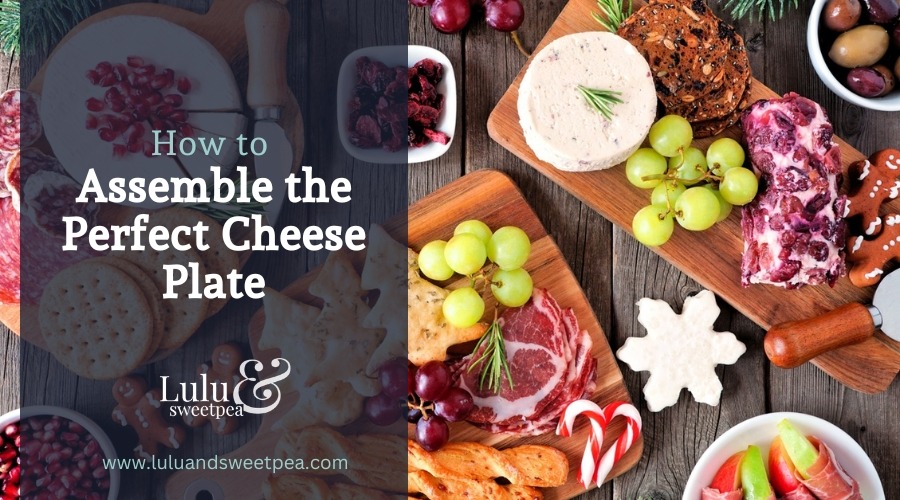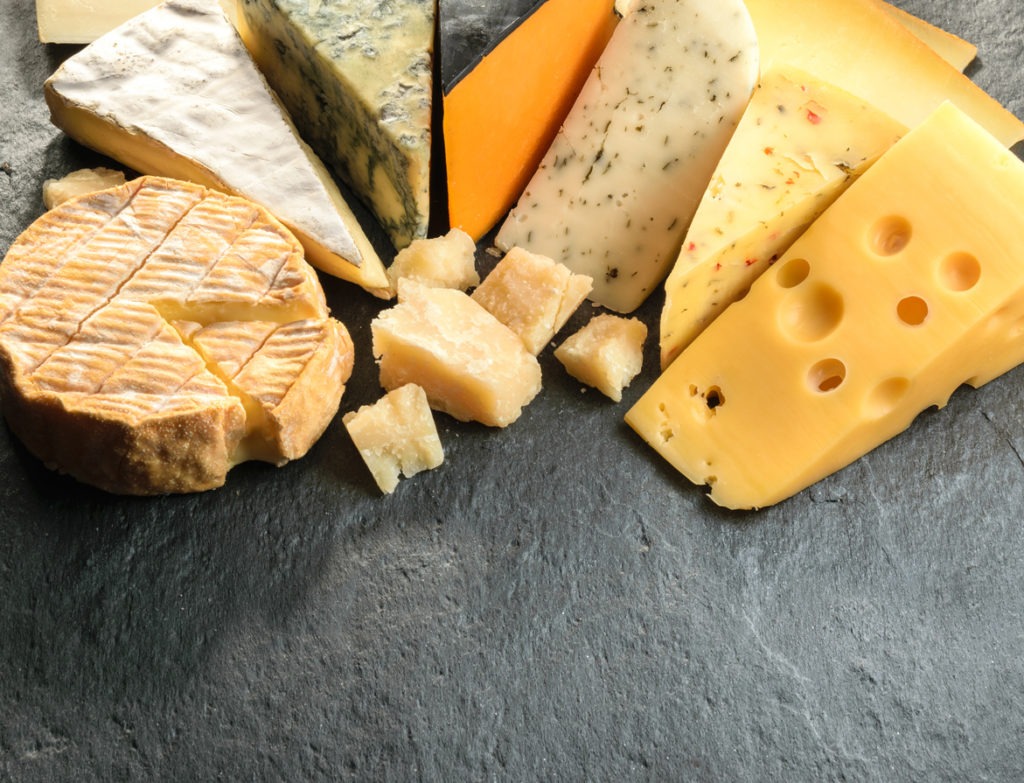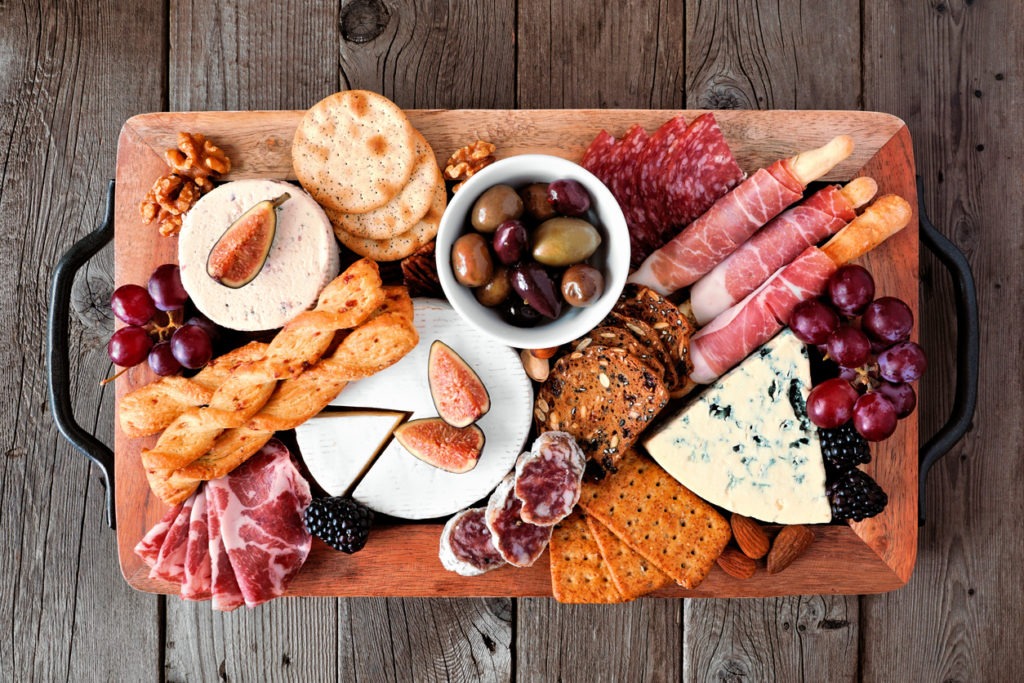Everything goes well with cheese. A slice of cheese is frequently placed on top of apple pie, and few sandwiches seem complete without cheese. Macaroni also tastes better when it has cheese on it. Making a cheese platter for an event only seems sensible given its versatility. It’s certain to be popular!
Cheese platters can provide a tasty snack, dessert, or even a complete meal. It can be difficult to determine what to put on a cheese plate, though. There are some tactics and suggestions you may use to make a cuisine that will be both spectacular and delicious for you and your guests.
Cheese Choices
Of course, the answer to the question of how many and which cheeses to put on the cheese plate may vary depending on whom you ask. The majority advises using odd numbers (3-5), as per French custom, however some advice using exactly four. Each uses a different list of types, although they all advise using one of each category. Soft, hard, stiff, crumbly, blue, aged, mild, and stinky cheeses are among the varieties. There aren’t many people who genuinely advise including stinky cheese on your cheese plate, but if you like this kind of cheese, there’s no reason to omit it.
Use of cheese from a range of milk sources, such as cow, goat, sheep, and buffalo, is also advised. Every single one has its own undertones, which means every single one has a unique flavor profile and can bring something unique to the table. Though a stunning cheese plate can be produced with just one cheese of exceptional quality and flavor, it is generally recommended to plan for 2-3 ounces of each type of cheese per person and add 3-6 variations.
Cheese Board Accompaniments
Mix up the textures to make the plate and the palate more interesting. Pick from a variety of categories, such as crunchy, salty, sweet, and tangy. Every cheese dish requires a means of vehicle. This refers to a tool for spreading delicate cheeses or for carrying tougher cheeses. Crackers whether butter, multigrain, or other specialty crackers, crusty bread, cheese straws, panforte, or comparable foods are a few suggestions for this. Most people advise including 4-6 varieties.
A type of meat is typically included on cheese platters. Mixing textures and colors is beneficial once more. Prosciutto, hard salami, chorizo, soppressata, and possibly pate are the meats that are used the most frequently. Three to five types of meat can readily be served on large dishes.
Fruit gives the platter a light, pleasant flavor. To prevent juices from dripping onto the other ingredients when using fresh fruit, think about using ramekins or plating them separately. Berries of all kinds, grapes, cherries, figs, and apples are good fresh fruit options. Dried apricots are preferable. Bananas and dried apples could also be tasty. Peaches, raisins, and home-made fruit leather are some further choices.
Nuts provide some other textures that complement cheese. While sweeter nuts like pecans and peanuts pair well with milder cheeses, bitter nuts like almonds and walnuts pair well with stronger cheeses. These come unflavored, roasted, candied, or spicy. Think about utilizing 2-3 types.
For added interest, other dipping sauces and flavoring choices may be added. Small containers of jam, pickles, olives, spreads, and condiments like black pepper, mustard, olive oil, and honey (with the comb, for visual appeal) can be placed out.
Cheese Boards to Use
A competent host is aware that, unless you are hosting a gala for your neighborhood monger’s club, a decent board will provide both soft and hard kinds as well as pungent and mild selections in order to appeal to all types of palates. Let’s choose a suitable serving board and begin to work. There are many factors to consider when choosing a material, but only a select handful can match the style and elegance of a great selection of matured cheese.
Glass Board
Because it is non-porous, dishwasher safe, needs little care, and can serve as a clean showcase piece, glass is practically the ideal medium for cheese. Glass won’t help cheese cool down on a hot day since it doesn’t have the thermal mass of marble. Glass is also almost immune to cuts and scratches from common kitchen and cheese knives, giving it an advantage over all other cheese boards. This implies that your glass serving board will probably continue to be in excellent shape for many years to come.
Wooden Board
Wooden boards are the most typical cheese serving option. A wooden cheese or serving board can be anything from a sectioned wood burl to an ideal cutting board. It is durable, simple to clean, and reasonably price. A type of wood that won’t readily absorb flavors should be chosen when buying a wooden cheese board. Make sure it doesn’t have a varnish or lacquer finish as a last check. When cut, the majority of these finishes can chip and become ingested by your food because they are not food-safe.
Stone and Marble Boards
Due to their design and functionality, stone boards made of marble, granite, or natural stone make great cheese presentation platters. Even while marble is still porous and needs maintenance, it provides a lovely and cool surface for storing cheese and won’t absorb odors as readily as wood.
Slate Board
Since kitchen slate is non-porous, it won’t pick up flavors or odors from its surroundings. Slate is less reactive and more resistant to discoloration than marble, which is vulnerable to acid etching. Black slate, which is the least porous and most prone to flaking, is virtually always used in kitchens. Slate has the additional bonus of being very reasonably priced, which tempts one to assemble a collection of slate crockery just for future gatherings. Slate does have a tendency to scratch easily, so your more popular cheese plates may start to exhibit scuffs and markings.
Serving Tips
- Separate the cheeses with strong aromas. Put a strong, stinky cheese on a separate dish if you wish to offer it so it won’t dominate the milder cheeses. Four or five options are sufficient.
- Each cheese should have its own knife on the table. A butter knife works well for spreading soft cheese, a paring knife could be needed for solid cheese, and a cheese plane is frequently needed for aged cheese.
- An hour before serving, take the cheese out of the refrigerator. Flavor is muted by cold.
- Scatter your spread. To prevent crowding, spread out the cheese platters and other snacks among numerous tables.
- Each cheese has to have a label. The labels won’t need to be repeated throughout the evening, and you can make a list of lyrical adverbs to describe their flavors.
- Find out the proper way to preserve cheese. If you planned beforehand, you can keep the cheese fresh long after it has left the store. If there are leftovers, neatly package them so you can eat them again later.
Conclusion
It’s the ideal time to brush up on our cheese board ideas and update our charcuterie abilities as the holidays get near. Putting together the ideal board can be a little frightening, but with the aforementioned hints and pointers, you’ll be a cheese board king or queen in no time!



